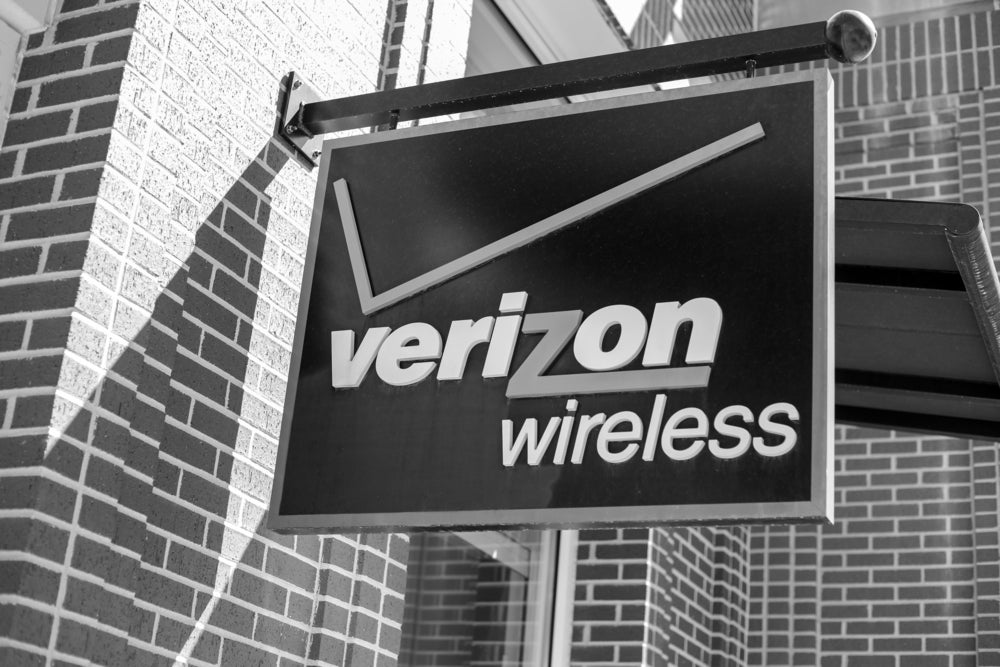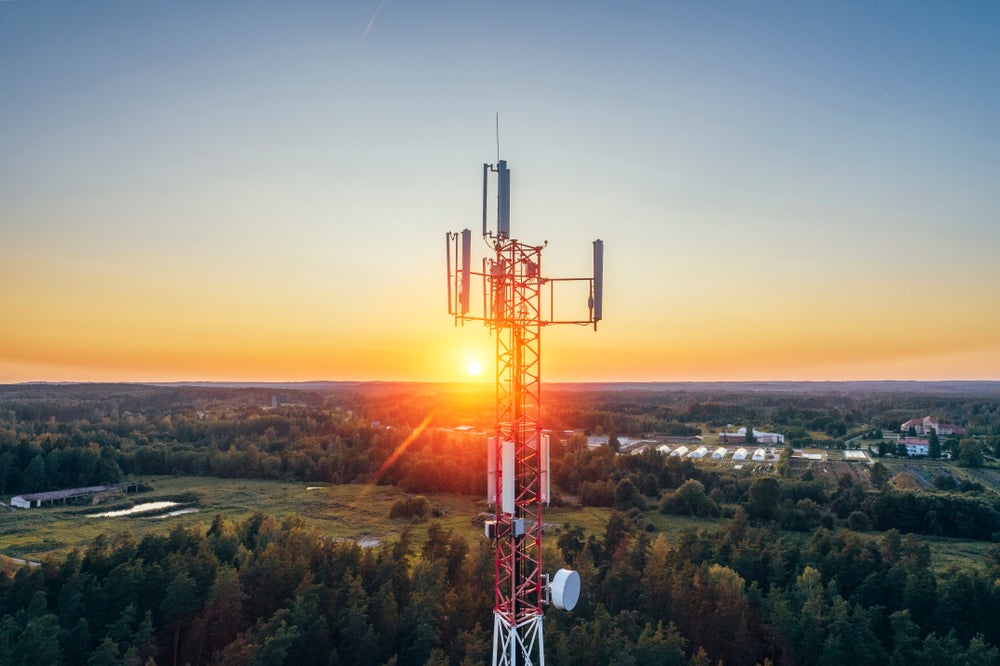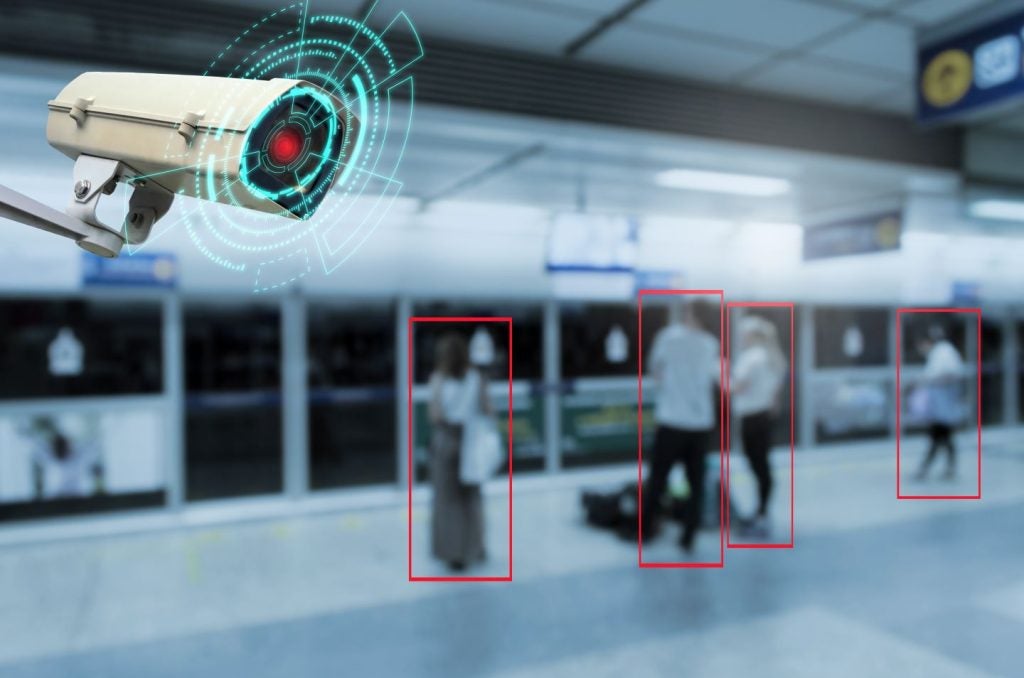In its bid to make the process of expanding its broadband footprint more efficient, Verizon announced it has tested a new use case for its P2MP mmWave network in Texas (US).
In the proof of concept, a centralised rooftop radio site (“donor” cell) was connected to a radio atop a simulated MDU, with multiple endpoints requiring separate broadband connections. The signal was then transmitted via coaxial cable to a data processing unit equipped with a corresponding modem. The building’s existing wiring was used to transport the signal to end-user routers that provide broadband coverage to endpoint devices. Unlike “traditional” FWA, the solution uses a simplified broadband network gateway (BNG) instead of the company’s 4G and 5G core – Verizon claims this allows for “excellent” latency and capacity while reducing the load on the CSPs 4G and 5G mobile cores.
Verizon’s approach is designed to augment its fibre broadband footprint, which is extensive, but doesn’t have the density to cover all buildings within its footprint cheaply. In urban areas, even though the fibre cable might be passing an MDU or a commercial property relatively close by, pulling the fibre the last couple of hundred meters or feet can be prohibitively expensive. Overcoming the same distance with mmWave radio can be orders of magnitude cheaper. Additionally, connecting two rooftop units (“donor cell” and MDU-based radio) is an ideal scenario for mmWave radio – a link between two static transceivers with a guaranteed line of sight.
Similar solution tried before – without much success
However, Verizon’s idea is not without its perils. The idea is not new, and early experiences of its implementation in the US market are not particularly positive. US ISP startup Starry deployed a similar solution to Verizon’s, attracting some 91,000 users from 2019 to 2022 across five urban US markets. The company ran out of money and entered Chapter 11 protection in February 2023.
While it has since left the Chapter 11 protection, its failure to attract more users across its six-million-unit footprint likely reflects the fact that P2MP wireless works best in urban areas where other types of connectivity are widely available. In other words, Starry, with its maximum speeds of 1 Gbps (not achievable everywhere) usually went up against cable or fibre-to-the-home offerings where 1 Gbps offerings are becoming the norm, and multi-gig are commonplace.
On top of that, Starry chose to (or rather – had to) develop most of the network technology for its deployment, which certainly incurred added costs, compared to more traditional broadband deployments. Verizon likely needs custom gear as well – it has issued RFPs for specialised radio access equipment in support of the solution.
How well do you really know your competitors?
Access the most comprehensive Company Profiles on the market, powered by GlobalData. Save hours of research. Gain competitive edge.

Thank you!
Your download email will arrive shortly
Not ready to buy yet? Download a free sample
We are confident about the unique quality of our Company Profiles. However, we want you to make the most beneficial decision for your business, so we offer a free sample that you can download by submitting the below form
By GlobalDataNo reliance on P2MP mmWave
Verizon is certainly a different beast from Starry, and its business hardly relies on the success of P2MP mmWave. For the US Tier 1, the solution may be just a small part of its technology toolbox used in cases where pulling fibre to the building may end up being prohibitively expensive or complicated. Or it may be in possession of a hammer (mmWave spectrum) searching for a suitable nail (use cases requiring mmWave). Either way, Verizon should continue carefully analysing all aspects of the proposed use case. The solution’s Achilles’ heel – full-fibre competition trumping its speed and stability in most urban areas – cannot be eliminated.








